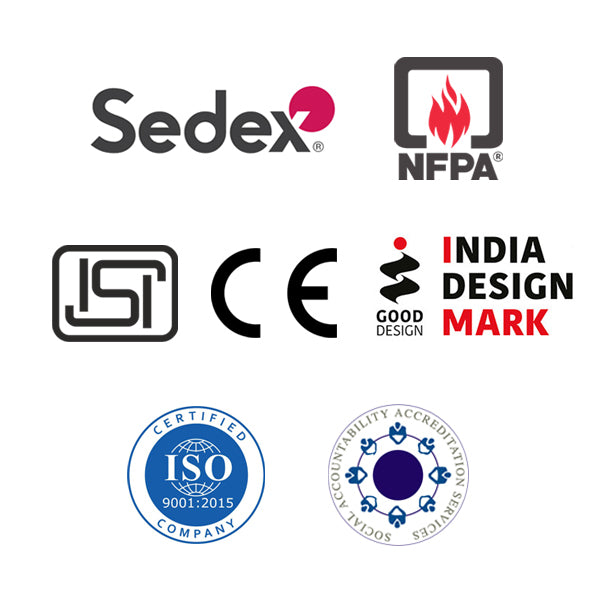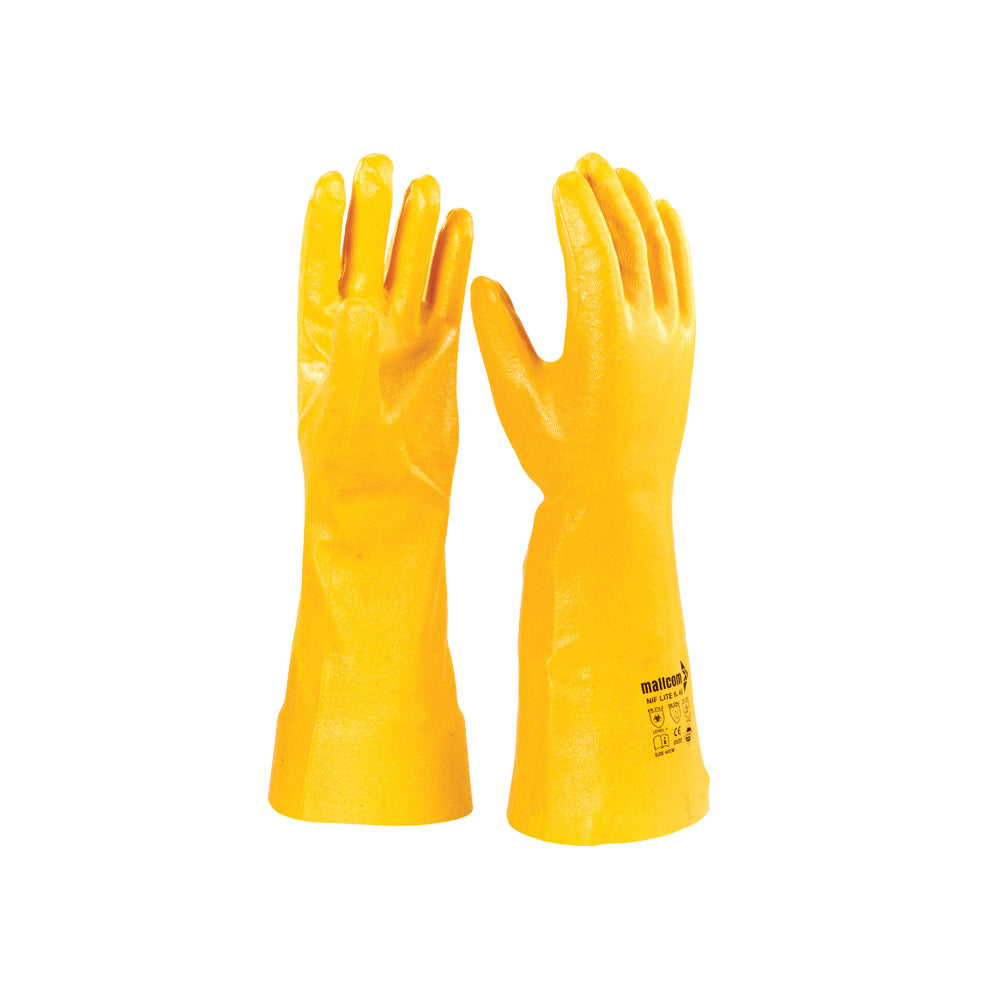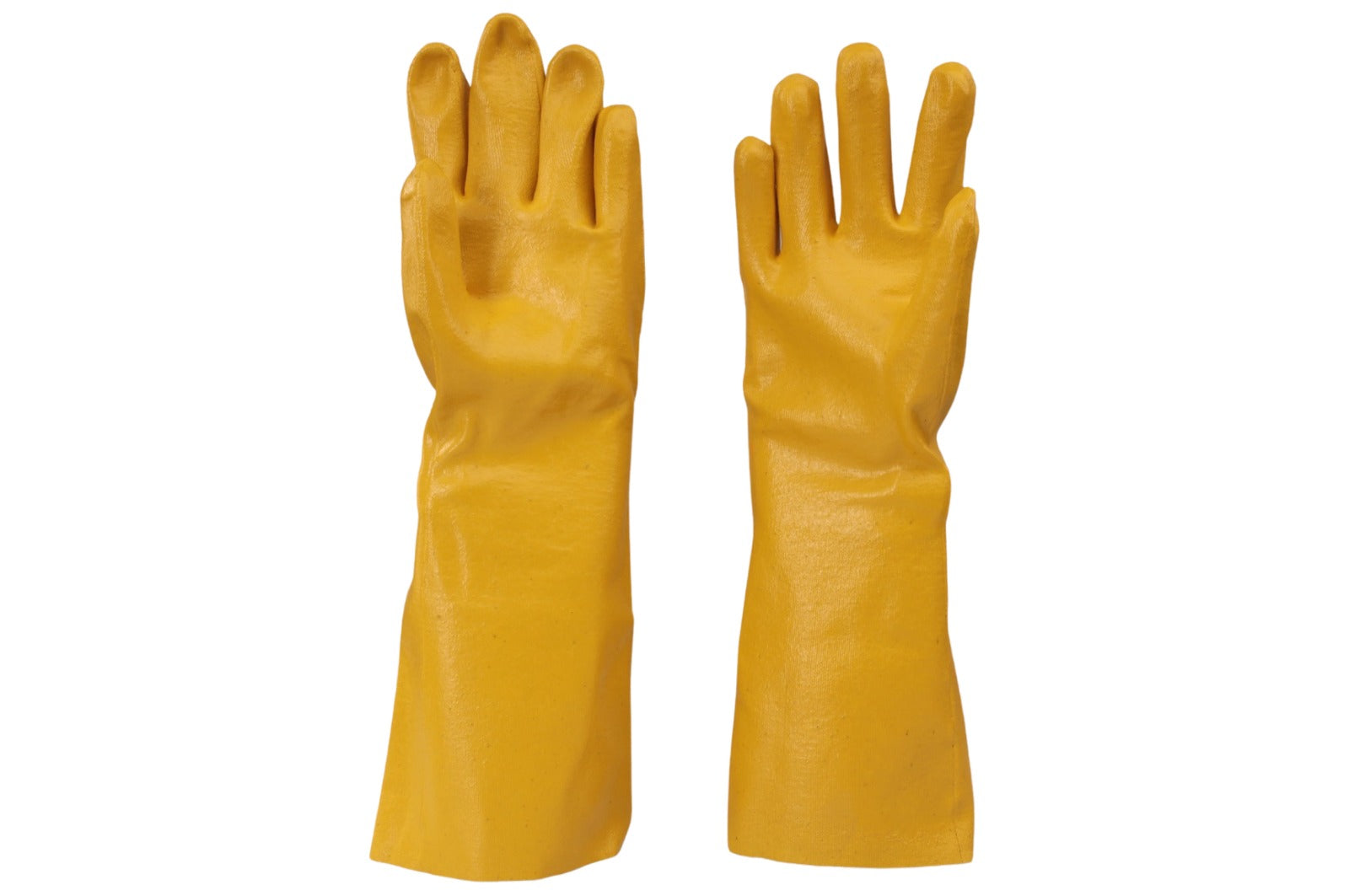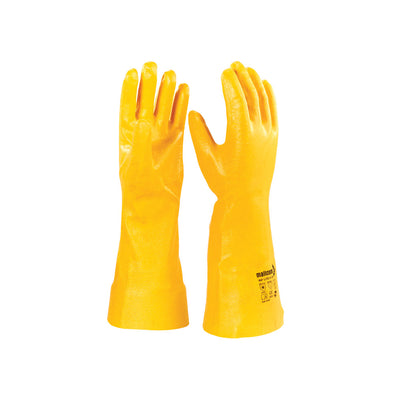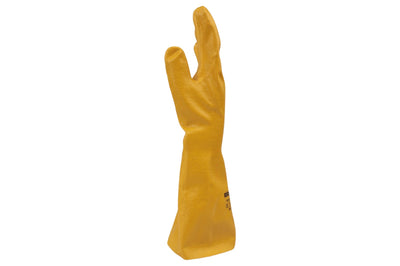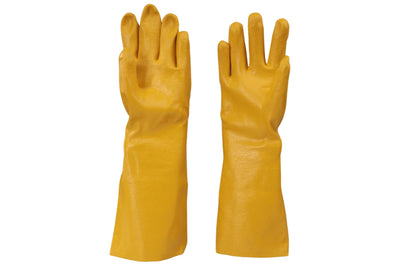TECHO IL 40
Share
Nitrile Gauntlet
- 40cm yellow nitrile gauntlet.
- Heavy NBR full coating.
- Cotton Interlock lining.
OIL RESISTANT
ABRASION
CHEMICAL RESISTANT
DIRT RESISTANT
Select Size
TECHO IL 40
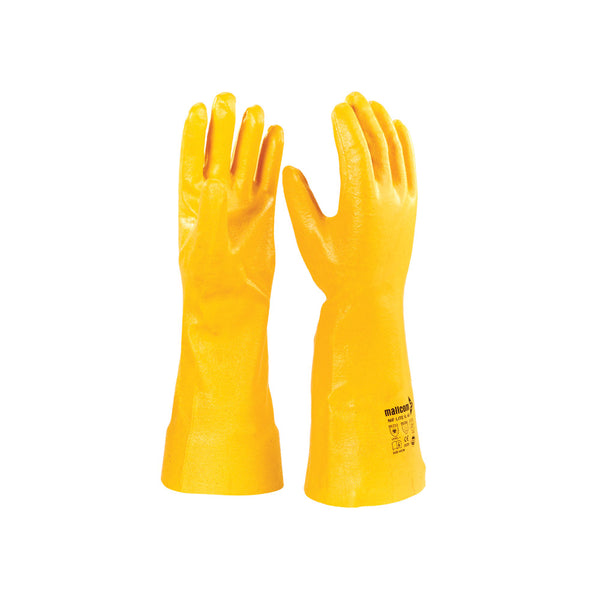
Size Chart
How to Measure
TECHO IL 40

TECHO IL 40

EN 388
EN374-5:2016
ISO 374-5:2016
Delivery & Services

Easy Return
with our 15 days return poicy
Regular price
Rs. 0
Sale price
Rs. 0
Regular price
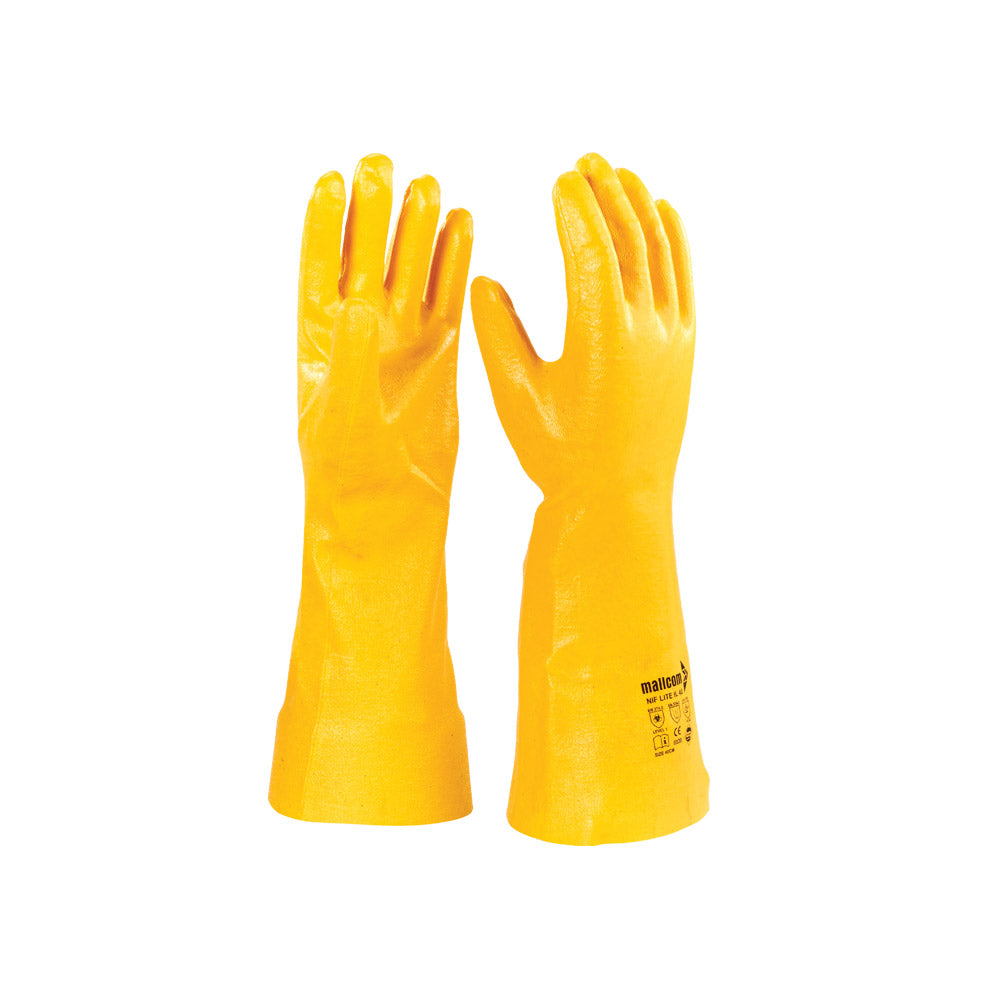
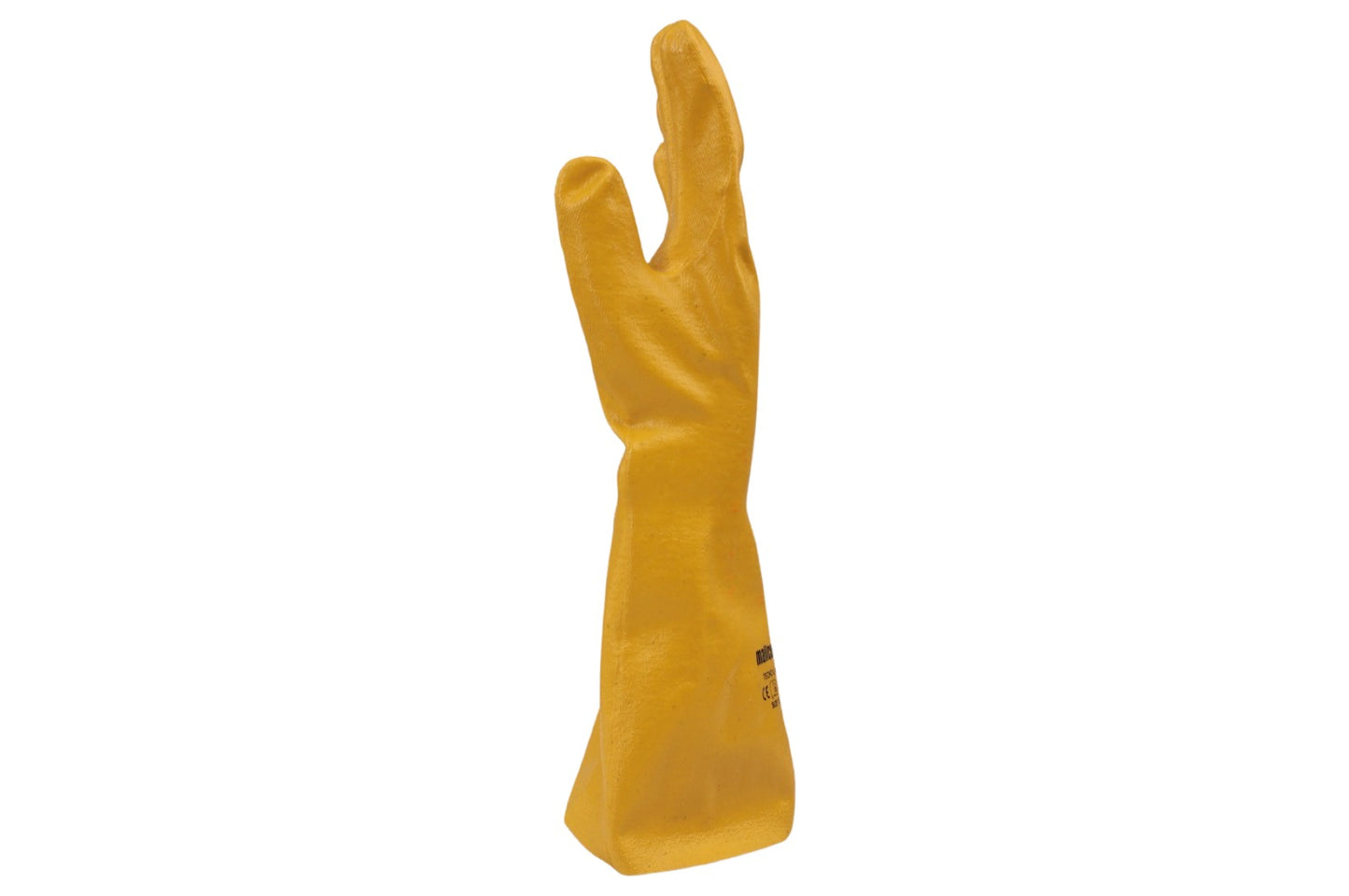
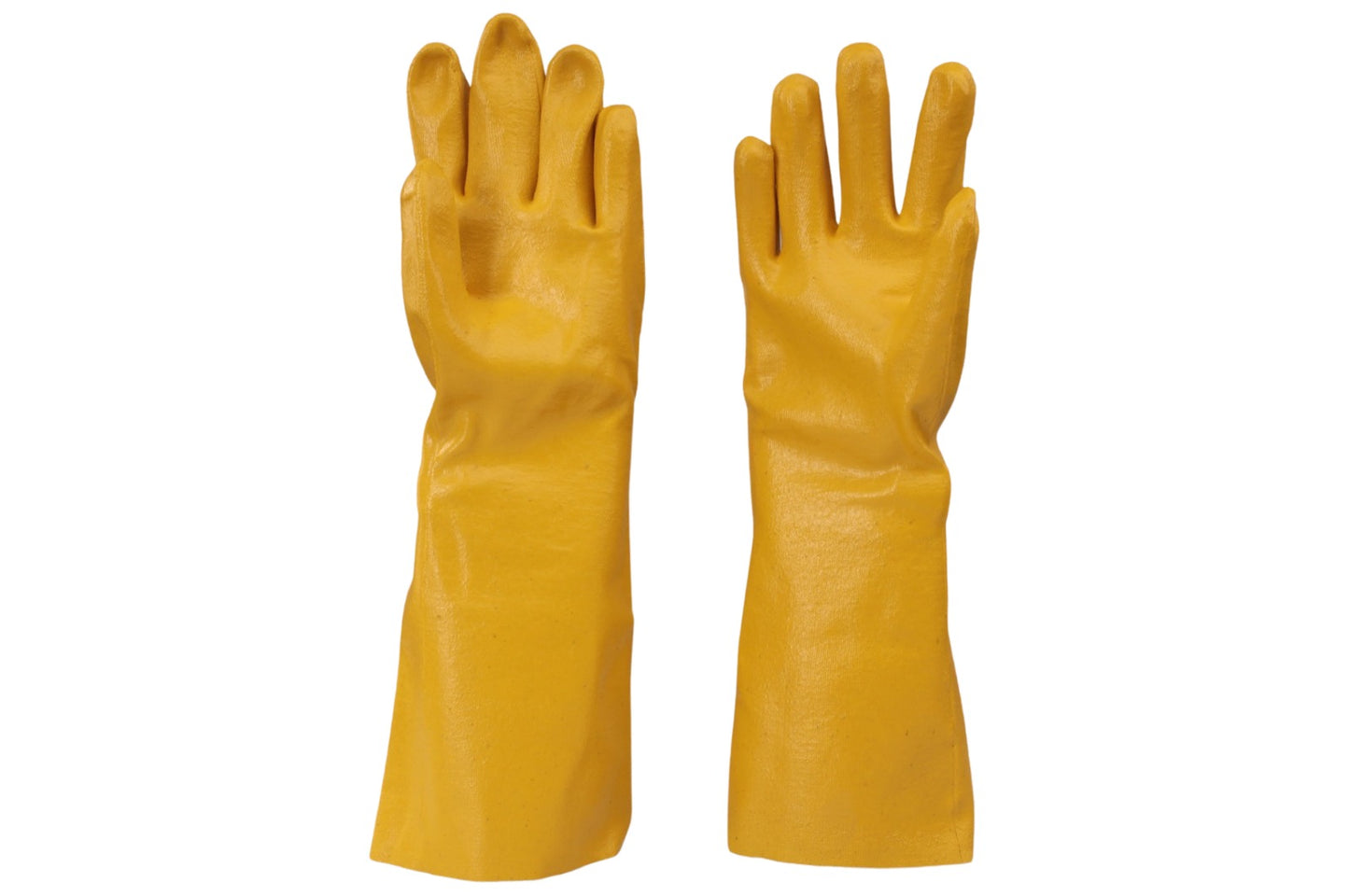
ABOUT THE DESIGN
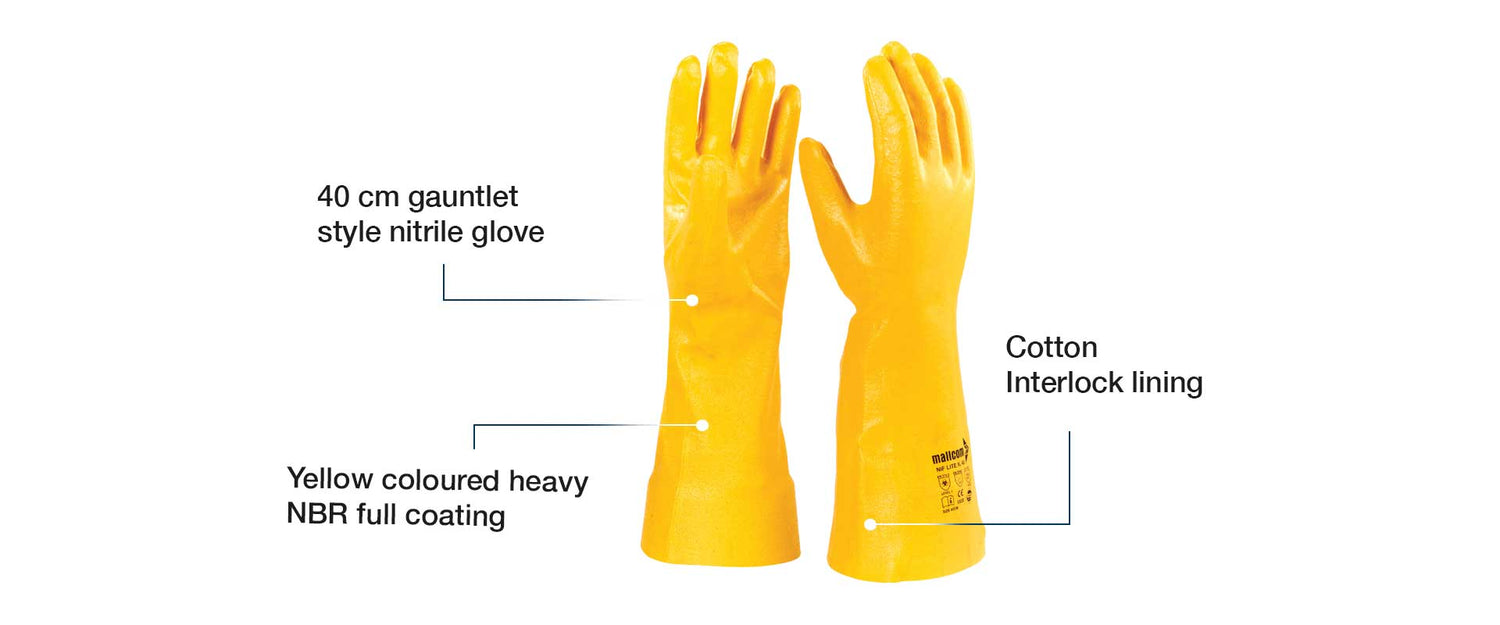
USEFUL IN THESE INDUSTRIES
MATERIAL HANDLING
OIL & GAS
PAINT & CHEMICAL
PETROCHEMICAL

Product Features
ABOUT THE DESIGN
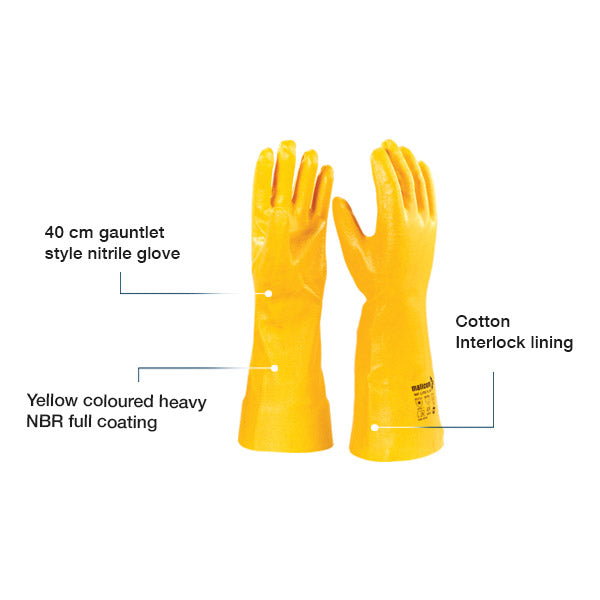
USEFUL IN THESE INDUSTRIES
MATERIAL HANDLING
OIL & GAS
PAINT & CHEMICAL
PETROCHEMICAL
Product Details
